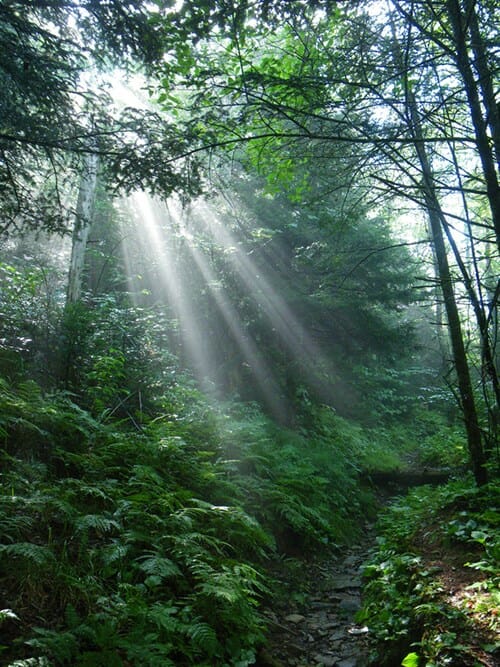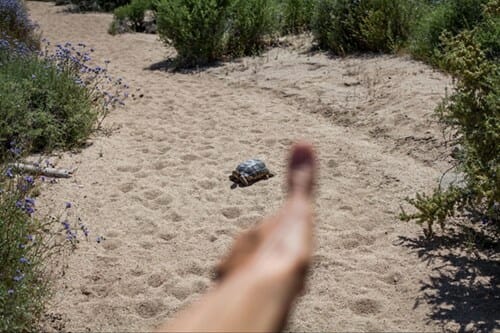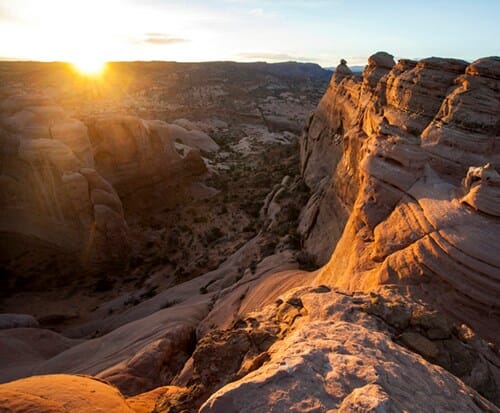Insider tips for making the most out of national park adventures
By The National Park Service
Summer is here and many national parks are expecting an especially busy season in 2021. A little trip planning can ensure that your only surprises are happy ones. To help everyone have a great experience, National Park Service rangers share their top 10 insider tips to #PlanLikeAParkRanger.
1. Have a plan… and a back-up plan
For us, a park visit begins at home with a trip to NPS.gov. Park websites have ideas about where to go, what to see, and what to do, and most important, what we need to include in our planning. Flexibility and a backup plan are key, too, in case of changing weather conditions, road closures, etc.
Learn more > Tools of the trade for planning your visit
2. Be patient with each other and us
We always remember to allow ourselves extra time to get from one place to another and enjoy the experience. This season, national parks are already bustling. Like lots of places you go this year, we may not yet be able to offer the past level of service as we emerge from the ongoing coronavirus pandemic. And keep in mind that people who are not fully vaccinated must wear masks inside park buildings and in crowded outdoor areas.
Learn more > Information about the NPS response to the pandemic and operational updates

3. Travel off the beaten path
There are more than 400 national parks across the country. We love exploring the lesser-known ones. They can be a great option for travelers looking for all the beauty of nature, hiking trails, and rich history, with fewer crowds and lines.
Learn more > Advanced search for a park by topic, activity, or even close to you in your state
4. Reservations may be needed
We heart reservations. Many campgrounds and lodges in and around well-known parks are already fully booked. Having a reservation guarantees you won’t arrive at a park only to find that you need an entrance reservation, there’s no place to sleep, or a popular trail is closed.
Learn more > Check the park website for details or visit recreation.gov
5. Ask a ranger
Have a question? Ask a ranger. (Yep, we ask other rangers about visiting their parks.) We’re always here to help. We can answer questions, share park stories (we’re always happy to point you to the nearest restroom), and we can let you know what activities are available.
Learn more > Ask a Ranger (Really, that’s the page name.)
6. Explore the new NPS app
We nerded out over our own app—it’s very cool. You can even access it offline if you plan ahead! The new NPS App offers tools to explore more than 400 national parks…interactive maps, tours, accessibility information, and more. And we’re adding new content every day!
Learn more > One app, every park at your fingertips
7. Keep safety in the picture
We love to take photos. (Have you seen our Instagram?) But we like surviving the process, too—so we’re careful to take them where it is safe. Some popular trails and views may be especially crowded this year, so an unobstructed photo might require a bit of a wait.
Learn more > Great tips for photography in parks

8. Don’t pet the fluffy cows
JK, but bison can weigh up to 2,000 pounds and run up to 35 mph—and they can really hurt you. We can’t run that fast and are pretty sure you can’t either. Keep your distance from wild animals, never feed the wildlife, and when taking pictures, use your zoom and give them room. #SafeSelfie
Learn more > Super ideas about what equipment to bring and how to protect yourself and those cool critters
9. Leave only footprints
We know that each of us—rangers, volunteers, visitors, everyone—plays a vital role in protecting your national parks. Whether it’s carrying out what we brought in (including our pooch’s… well… you know), leaving the spots we visit as we found them, or staying on the trail, we’re careful to respect these incredible places.
Learn more > Seven principles to leave no trace
10. Ruffing it?
This one’s for the dogs. Many parks allow pets on leashes and in campgrounds, some even have kennels. But sometimes these furry friends are best left at home. Discover what you can (and can’t) do with your pet and follow the B.A.R.K. principles.
Learn more > Yep, your pet can be a BARK Ranger (See what we did there?)



